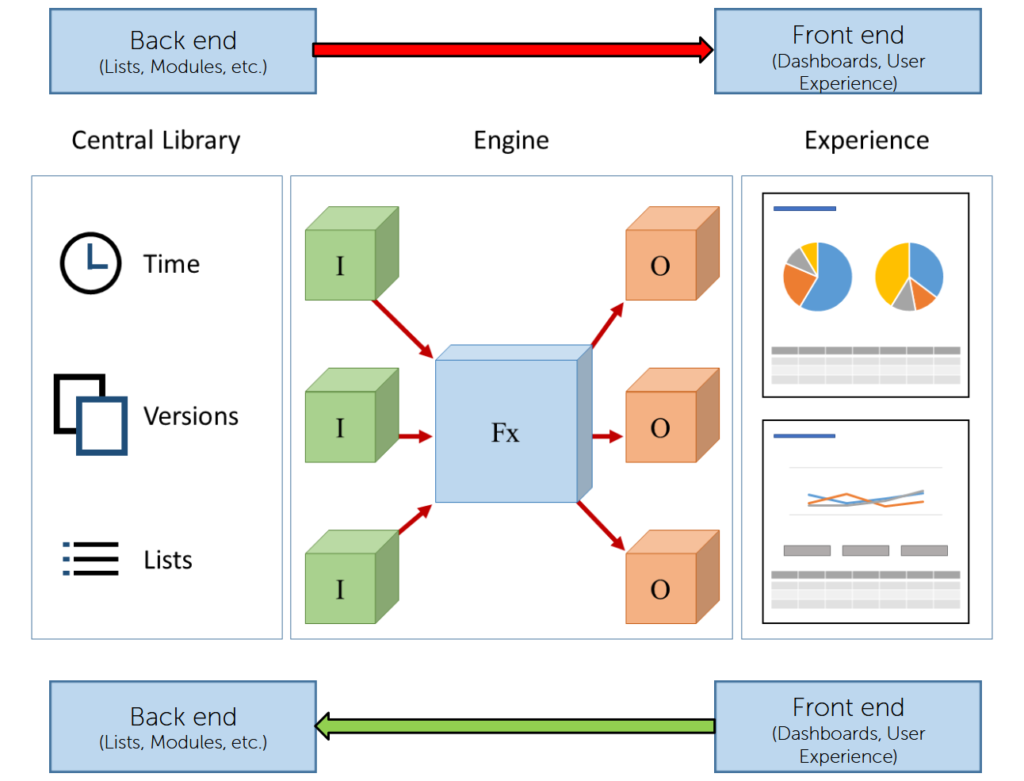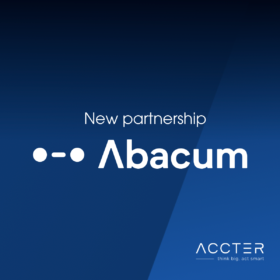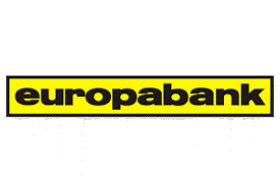CUSTOMER CASE: Daikin
Measure Twice, Cut Once
Daikin is a leading provider of innovative heating, cooling, ventilation, and refrigeration solutions that enhance indoor health and well-being. Their advanced technology promotes sustainability by helping customers reduce environmental impact.
Daikin has established one of the largest Anaplan environments, leveraging the platform’s scalability and flexibility through numerous successful releases. To build upon this robust foundation, Daikin aimed to implement a new Service Pack use case that would enhance the collection of service data and link its summarized output to the existing Sales Budget data. Recognizing the need for expert collaboration, Daikin’s in-house Center of Excellence partnered with ACCTER to lead this initiative.
During the project, we noticed that Daikin's wireframing significantly enhanced the project's efficiency and streamlined its execution. Therefore, the importance of wireframing is going to be discussed in this customer case.
Wireframing
The success of an Anaplan implementation relies heavily on establishing and agreeing upon a well-defined business process. Equally important is data readiness, which cannot be underestimated. These two elements are not only the most time intensive aspects of an Anaplan project but also the most challenging to address effectively.
Due to excellent preparation of Daikins Center of Excellence these elements were addressed successfully, and we could rapidly move our focus to model design and building. In the model design process wireframing is a crucial step, where we initially sketch prototypes of the front-end user experience and work backwards to build the supporting back-end structure. At Daikin, this approach ensured that their dashboards (UX), the ultimate tool for end-users, were fully aligned with their business needs before any back-end elements, like lists and modules, were finalized. This method allowed the project to remain focused on delivering an optimal user experience while reducing time spent on building unnecessary or misaligned components. As seen in the below schema, this process begins with defining dashboards and outputs, which then guides the creation of modules (engine) and shared dimensions in the central library.

The reverse engineering process at Daikin perfectly embodied the principle of "measure twice, cut once." By investing time upfront to wireframe dashboards in Excel, Daikin ensured that all requirements such as data flows, calculations, and visualizations were well-defined before progressing to model building. Whenever changes were required, updated wireframes were provided instead of written notes, which made communication clearer and reduced the risk of misinterpretation. This iterative approach of the front-end ensured that only essential back-end elements, such as lists and modules, were constructed. This front-to-back approach highlights the interconnected nature of Anaplan model design, as depicted in the schema.
Impact of Wireframing on the model design
In the project, Daikins wireframing quickly served as leverage to identify what data and metadata were needed to fit the business needs. Some new lists had to be created, other already existing lists could be reused from the datahub, and some data could be found in models of other, already existing use cases.
Wireframing also brought forward an interesting reflection on hierarchy design. Moreover, it became clear only some valid combinations of identified lists or intersect of dimensions (lists) were going to be used for the eventual budgeting exercise. Simply combining full lists into modules would create lots of sparce data cells, which would cause a dramatic increase in the size and unnecessarily slow down the model. To avoid sparsity, we therefore saw the need to create a combination (hierarchy) list. A combination list consists of relevant members for planning activities in one dimension (list) and will be used in the building phase as the base for multiple input, calculation and reporting modules. This way of working also proves to be more efficient for technical reasons as by consequence calculations happen across common dimensions between modules, an Anaplan best practice for model building.
Besides the above, wireframing gave insights on the number of required versions, formulas, involved (key) users, dynamic cell access (DCA) and the need for selective access on a user-by-user basis.
In a nutshell, it’s generally known Anaplan is specifically built so that you can build models quickly, but this project showed that a well-developed wireframing exercise clearly enables projects to come out of starting blocks even more swiftly. Not only did we experience this wireframing as a facilitator for the identification of lists and modules needed for the project but also efficiently clarified the need for a combination hierarchy list early in the process.
For more information contact us: hello@accter.be


